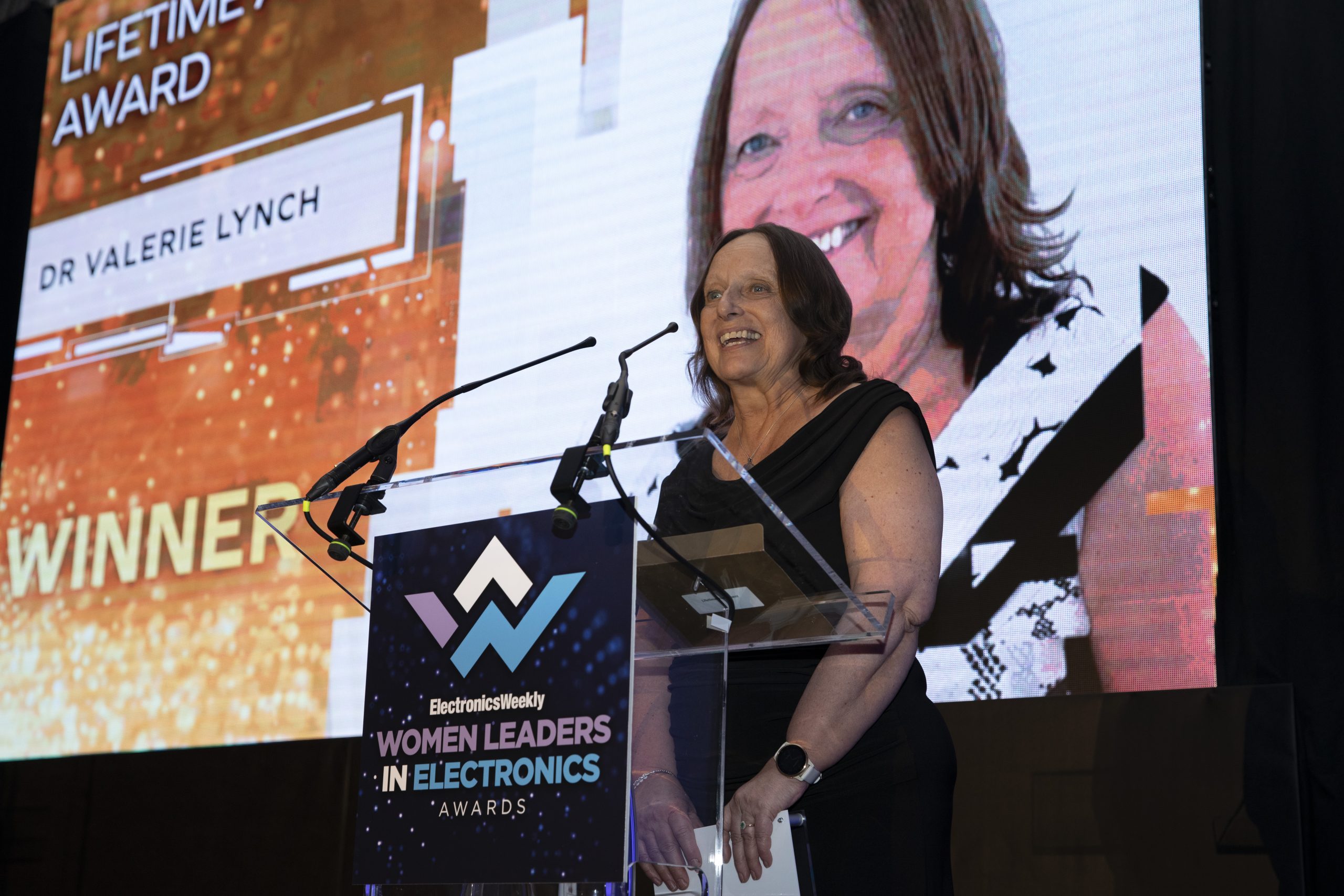
The agency’s International Bilateral Fund is being used for Phase 2 backing of a range of companies and organisations – from the Alan Turing Institute using Artificial Intelligence to improve space operations to XCAM working on an X-ray imaging instrument to study emissions from Earth’s aurorae, aka the northern (or southern) lights.
“The UK is home to some of the brightest minds in space science, aerospace engineering and an entrepreneurial commercial space sector,” said the UK’s Space Minister at DSIT, Andrew Griffith MP. “It’s no wonder the world wants to collaborate with Britain when it comes to space.”
“I am delighted that today we have been able to support new space collaborations with private organisations from countries like the US, Australia, Canada, India and Singapore.”
Note that this is the second phase of investment awarded through the agency’s £20 million International Bilateral Fund, following its announcement in April 2023 and the first funding phase in August 2023. Phase 1 funded 32 space projects (by up to £75,000 each), all of whom entered into a highly competitive process for further funding from this Phase 2.
UK-Australia Space Bridge
As an example of the international collaborations, there is work that is part of the “UK-Australia Space Bridge”, which has been boosted by a co-funding commitment from the Australian Space Agency, worth AUS$3 million.
The project Aquawatch-AUK – led by Surrey Satellite Technology Ltd (SSTL) – is using space technologies to develop an integrated water quality monitoring and forecasting system for use across the UK, Australia and beyond.
“This funding builds on the collaboration fostered through the UK-Australia Space Bridge,” said the Head of the Australian Space Agency, Enrico Palermo. “By working with our international partners like the UK, we can continue to grow the Australian space sector while delivering outcomes that benefit communities in both of our nations.”
“From addressing food security and water scarcity to the health of our waterways, the projects being supported through this fund reiterate how space can help address the biggest global challenges we are facing – as well as the power of working together to solve a common problem.”
Space projects
The Phase 2 space projects supported (with approximate Phase 2 grant allocation figures) are described in the UK Space Agency’s own words below.
Rolls-Royce Submarines Limited (UK) and partners BWXT Advanced Technologies LLC (USA) – £1,200,000
Project to identify the optimum technologies for a fission nuclear system which balances flexibility to a range of space power missions and maximises performance whilst minimising programme and technical risk.
University of Leicester (UK) and partners from the UK, USA, and Japan – £800,000
Project to identify a range of mission opportunities for UK space nuclear power technologies. The collaboration also includes the development of hybrid power systems with existing US conversion technologies.
Vertical Future Ltd (UK) and partners University of Cambridge (UK), University of Adelaide (Australia), University of Western Australia (Australia)(UWA), University of Southern Queensland (Australia), Axiom Space (USA), Saber Astronautics (USA/ Australia), South Australian Space Industry Centre (Australia) – £1,500,000
Development of a state-of-the-art, autonomous, controlled environmental agriculture facility for optimal plant growth in space to support both missions and experimentation. It will adapt learnings from current and future experiments on the International Space Station to ensure feasibility.
XCAM Ltd (UK) and partners The Open University (UK), University College London (UK), Teledyne UK Ltd (UK) and the Indian Space Research Organisation (India) – £500,000
Development of a new X-ray imaging instrument, AXIS, targeted at studying the X-ray emission from Earth’s aurorae. The project arises from the European Space Agency’s Theseus programme and represent the first demonstration of this new technology in a space mission.
Surrey Satellite Technologies Ltd (UK) and partners Assimila (UK), RAL Space (UK), Pixalytics (UK), Centre for Environment, Fisheries and Aquaculture Science (UK), Commonwealth Scientific and Industrial Research Organisation (Australia), SmartSat CRC (Australia), Airbus in Asia Pacific (Australia) – £1,000,000
Developing a system of actionable information on inland and coastal water quality. It will bring together space and water experts to develop an innovative approach to assess and predict water quality and its impacts on ecosystems while providing a pathway to a strategic sharing of a satellite solution between the UK and Australia.
In-Space Missions Ltd (UK) and partners Taiwan Space Agency (Taiwan), National Tsing Hua University (Taiwan), Philippine Space Agency (Philippines), The Geo-Informatics and Space Technology Development Agency (Thailand), Office for Space Technology and Industry (Singapore), A*STAR Research Entities, Institute for Infocomm Research (Singapore), Oxford Space Systems (UK), National University of Singapore (Singapore), Addvalue (Singapore), Vietnam National Space Centre (Vietnam) – £1,500,000
The Faraday Dragon Rideshare Mission – a multi-agency collaboration to accelerate space technology and business via payload development. It brings together emerging space-based organisations from Singapore, Taiwan, Philippines, Thailand, and Vietnam and the UK.
Iota Technology Ltd (UK) and partners STFC RAL Space (UK), Oxford Space Systems Ltd (UK) and Twinleaf LLC (USA), – £1,500,000
High-accuracy nanosatellite magnetometry which will form the primary payload of the Io-1 CubeSat. It will raise the atomic magnetometer, fluxgate magnetometer and deployable boom’s technical readiness level and capture data in support of the World Magnetic Model.
University of Strathclyde (UK) and partners University of Arizona (USA), Massachusetts Institute of Technology (USA), University of Waterloo (Canada), Columbiad Launch Services (Canada), GMV UK, LIFT ME OFF Ltd, The Alan Turing Institute (ATI), Nominal Systems (Australia) – £1,500,000
Escalating the technology readiness of AI technology applied to space safety and sustainability, from concept to adoption by the space sector. It will lay the foundations for an international virtual institute supporting the future development of AI technology for space sustainability.
University of Southampton (UK) and partners University of Michigan (USA), Airbus Defence and Space UK), Pulsar Fusion UK and Starlight Engines (USA) – £1,000,000
Development of the capabilities of Hall thruster research and commercial development in the UK. The project will improve the UK’s capabilities in an absolutely intrinsic field of spacecraft technology.
The Open University (UK) and partners Lunar and Planetary Laboratory, University of Arizona (USA), Ball Aerospace and Technologies (USA), XCAM Ltd (UK) and Teledyne e2v (UK) – £1,300,000
The development of the next generation of ultra-high resolution imaging instruments, the Teledyne e2v CIS 125 detector. It will support US space agency Moon and Mars science and exploration objectives.
University of Leicester (UK) and partners Geospatial Insight Ltd (UK), Bahrain National Space Science Agency (Bahrain), Industry and Energy Division, YBA Kanoo Group (Bahrain) – £1,400,000
Development of a new capability to enable monitoring of greenhouse gas emissions in the Gulf region from a small spacecraft. The project will evolve the state of the art in sensing for compact and targeted deployments.
See also: First funding call for C-LEO programme for satellite communications






